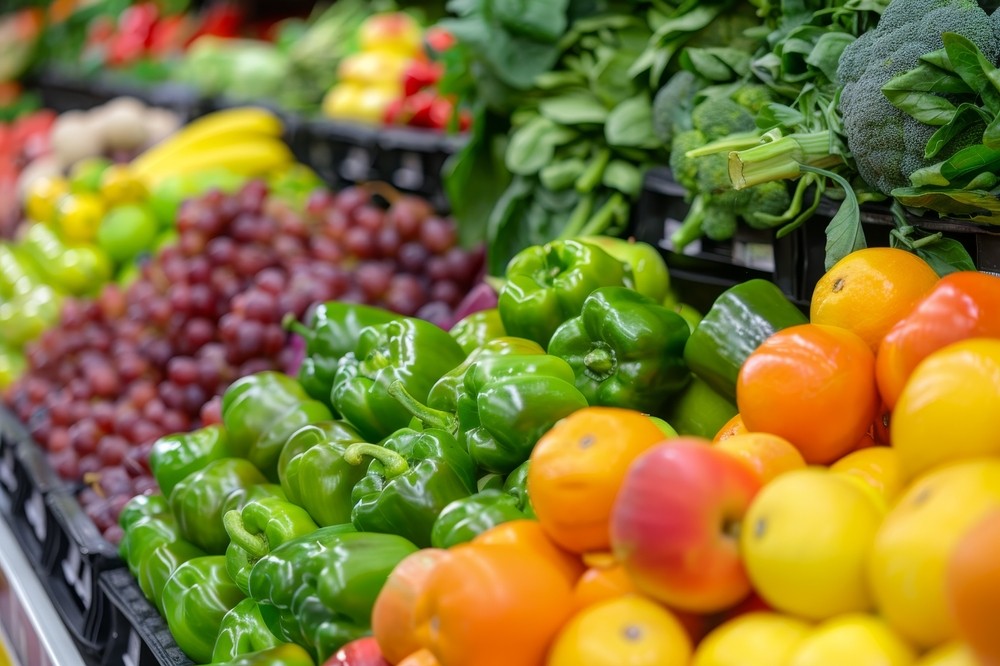Grocery shopping is an essential, yet often underestimated, expenditure in our monthly budgets. While many of us aim to fill our carts with nutritious, high-quality foods, the shock at the checkout counter can sometimes deter our good intentions. Balancing the need to eat well with budget constraints is a challenge most households face. The good news is that there are several strategies available that can help you trim your grocery bills without sacrificing the quality of your meals.
Plan Before You Shop
Establishing a meal plan before heading to the grocery store can be a game-changer. Planning meals for the week will allow you to create a detailed shopping list and prevent impulse buys or unnecessary purchases. Also, consider planning recipes that share ingredients. This tactic reduces waste and ensures that you make the most of every item purchased.
Organize your grocery list by sections or categories, mirroring the layout of your chosen store. This organization helps save time during shopping and reduces distractions that can lead to unplanned purchases.
Embrace Home Cooking
Pre-prepared meals and convenience foods are a curtailment to both budget and health. Cooking at home allows greater control over the ingredients and portions, often resulting in healthier meals. To maximize savings from cooking at home, consider purchasing in bulk when possible. Staples like rice, pasta, and beans are typically less expensive when bought in larger quantities and can be stored for lengthy periods.
Try dedicating a day to meal preparation. Preparing several meals at once and storing them in the refrigerator or freezer can save both time and money. This approach ensures that you have ready-to-eat, homemade meals, reducing reliance on costly takeout options.
Buy in Season
When produce is in season, it is typically abundant and less expensive. In contrast, out-of-season produce often has higher shipping costs and longer transit times, increasing prices and potentially reducing freshness. Shopping seasonally not only helps cut costs but also encourages a more varied diet—offering a rotating selection of fruits and vegetables throughout the year.
Farmers’ markets can be excellent sources of fresh, seasonal produce. Establish a relationship with the farmers and vendors; they can provide valuable insights into what’s in season and sometimes offer discounts on bulk purchases.
Consider Store Brands
Name brands often come with a higher price tag, and the perceived difference in quality is sometimes negligible. Store brands or generic brands have grown substantially in the quality to resemble national brands. By choosing these alternatives, you can often achieve the same culinary results for a fraction of the cost.
Look for reviews online if you’re hesitant to switch. Many consumers share their experiences and comparisons, which can help guide your choices.
Use Technology to Your Advantage
The number of apps and websites dedicated to helping save money on groceries is increasing. These digital tools can offer coupons, track prices, and even suggest meal plans based on sales.
Make it a habit to check for discounts and compare prices digitally before stepping out. Some retailer apps provide exclusive discounts, and digital coupons are easy to use, often just requiring scanning at checkout.
Avoid Shopping When Hungry
Studies show that hunger can amplify spending on groceries, driving impulse buys, and altering perceptions of needed quantities. Always try to shop after a meal to avoid the temptation of purchasing unnecessary foods that may not offer the best nutrition.
Learn to Love Leftovers
Instead of considering leftovers a chore, view them as an opportunity to save money and get creative. Many dishes can be repurposed—yesterday’s roasted veggies could make today’s soup or salad.
Using leftovers can drastically cut down on food waste, reducing the frequency of grocery trips. Ensure that you store leftovers properly to maximize their shelf life.
Grow Your Own Food
While cultivating a full-scale garden may not be feasible for everyone, consider growing herbs or simple vegetables at home. A small balcony or windowsill garden can produce a surprising amount of herbs like basil, cilantro, and rosemary, which add fresh flavors to meals and cost pennies compared to buying at the store.
Growing your own food ensures you have access to fresh produce and can reduce the cost of items that are otherwise expensive or often go to waste because of their short shelf life.
Join a Food Co-op
Food cooperatives (co-ops) are community-run supermarkets that offer member discounts and access to locally sourced products. Membership usually involves a small fee or volunteer work, offering reduced prices on groceries in return.
Being part of a co-op also provides the opportunity to purchase goods in bulk, which can further drive down costs. Participate in bulk buying for items you frequently use, such as oils, grains, and canned goods.
Rethink Staples
Revisiting the staples in your pantry could also lead to significant savings. Items like oats, potatoes, beans, and legumes are cost-effective and versatile, forming the base for a variety of meals.
Eating plant-based meals a few times a week can also economize your food spending. Meat, fish, and dairy tend to be more expensive than grains and legumes. Making dishes that utilize cheaper proteins can stretch your budget further.
Assess and Adjust
Monitoring your grocery spending over time is crucial. Keep track of how much you’re saving and adjust tactics as necessary. If a strategy isn’t as effective as expected, be open to trying new methods.
Continuously seek inspiration from frugal living communities, blogs, or financial advice forums. Household saving techniques evolve over time, and staying updated can offer new ideas to enhance your monthly savings.
While controlling grocery expenses may seem daunting, small consistent changes can lead to significant savings. By planning ahead, being resourceful, and utilizing the right combination of strategies, you can maintain—and even enhance—the quality of your meals without breaking the bank.



